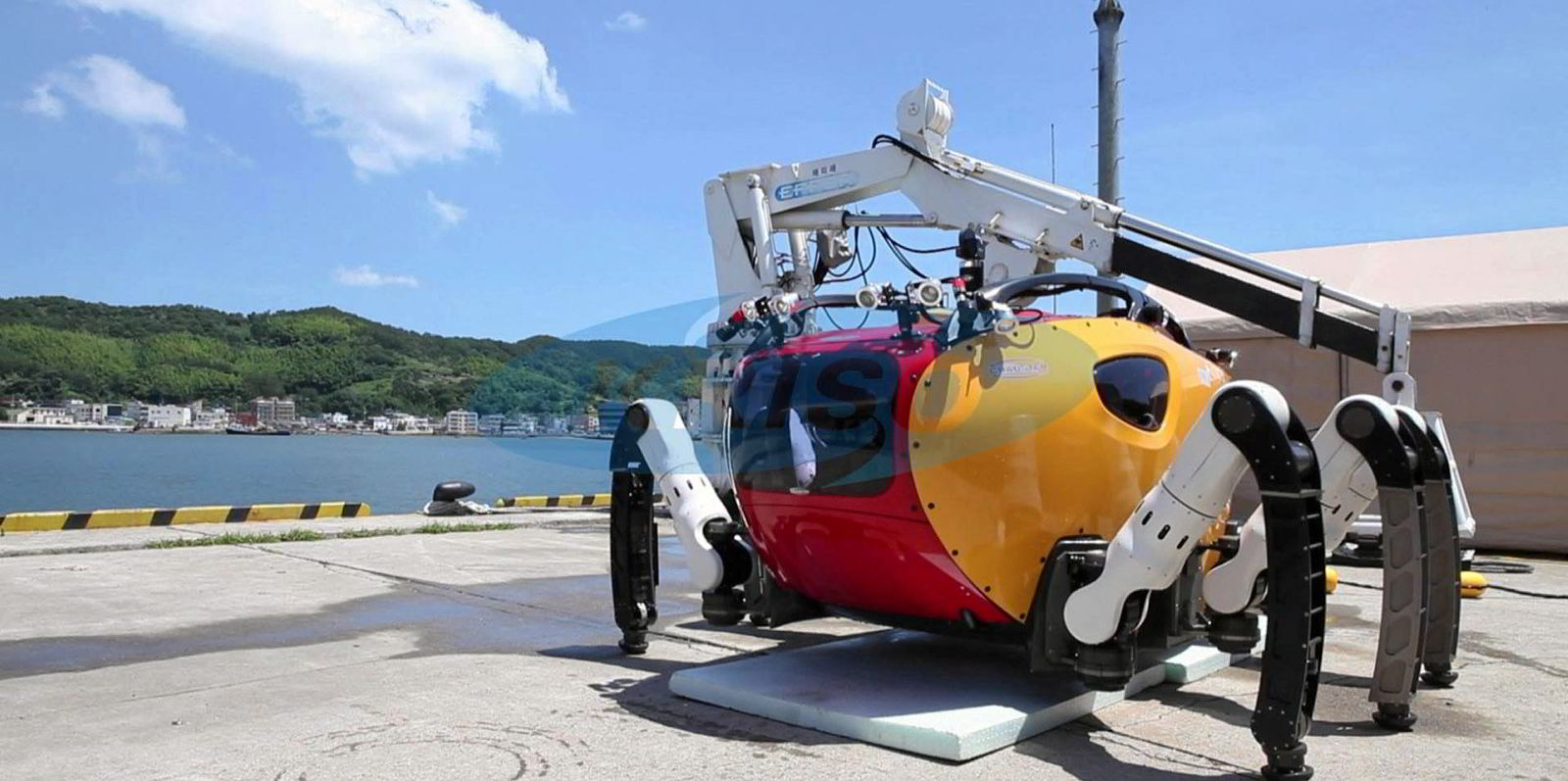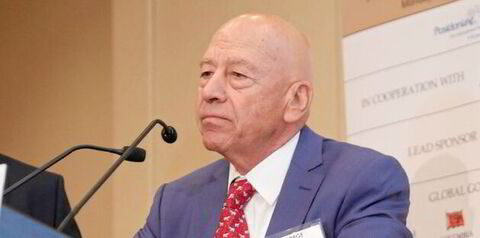The skyrocketing price of carbon allowances and a short timeline mean that it will not be easy for shipowners with vessels trading in and out of European waters to comply with the Europen Union Emissions Trading System (EU ETS).
Shipowners and operators need to start developing strategies now to manage price risk, but learning to trade carbon allowances will be new territory for many companies.
Time is running short. Now that the EU ETS is approved, companies will have to surrender carbon allowances in September 2025 for their European voyages in 2024.
But no new allowances are being added to the system for shipping. In fact, the European Commission is planning to cut the number of European Union Allowances (EUAs) auctioned annually as the EU ETS’ coverage expands. This is expected to restrict the supply of EUAs to the market and drive up prices.
The EU ETS requires companies that generate electricity from fossil fuels to purchase certificates equivalent to the volume of CO2 they emit. This means that carbon-allowance pricing will be driven by the power sector. It also means that shipping will be a price taker, at the mercy of dynamics beyond its control.
So do shipping companies buy futures, buy allowances in the spot market or auctions throughout 2024 as they carry out voyages, or just buy them in 2025 when they are due?
On the face of it, the challenges are daunting. The EU ETS regulatory framework is complex and ambiguous in parts. Additionally, the EUA market is highly volatile and difficult to access without prior experience.
The rise of EUA prices as supply is reduced is another factor that will complicate the picture.
The price of one EUA rose by about 145% over the course of 2021. The price of one allowance unit traded at an average of €54 in 2021 and at €25 in 2020. The highest carbon price so far was recorded at €100.34 per tonne on February 21 this year. Prices have fallen since then but remain above the €90 level.
Prices have been driven up year on year after the EU set a more ambitious target for lowering greenhouse gas emissions by 2030. To reach that target, the EU will have to sharply reduce the number of emissions rights it issues in the market.
Prices can come under short-term pressure too through the effects of auction timings and holiday spikes.
Managing risk
How to manage this price risk depends on what kind of company you are. That is according to Hugh Taylor, project manager at Freight Investor Services. Taylor is leading work on the futures brokerage’s FISe consultancy, which aims to help shipping clients handle the ETS and carbon trading.
“You will pay a hell of a lot more for your emissions through bad trading of these EUAs,” Taylor told TradeWinds. That is what it really boils down to.
“The route to market is a subject many of our shipping clients are grappling with. It is complex to the newcomer. As well as via auction, there is ‘spot’ or over-the-counter [OTC], which is a custom order typically arranged through a broker,” he explained.
“The nuances between these routes can be subtle. There can be advantages to each depending solely on context or needs. For example, to access the auctions you need to be a clearing member, to buy derivatives you need a clearing account and to buy spot you need a contract in place with the counterparty and broker,” said Taylor.
“There are also futures and other derivatives, which can either be bought via exchanges such as ICE, EEX and now CME.”
In mid-May, CME announced that it will begin offering EUA futures and options from 5 June via its CME Globex & CME ClearPort marketplaces.
Auctions, hosted on exchanges and supplied by regulatory authorities, make up the primary market for EUAs. But auctions will only be accessible to large shipping companies that already have clearing accounts, which are not easy to come by.
This makes it likely that derivatives will be the way to go for small to medium-sized shipping companies, but this comes with certain challenges too.
“Derivatives allow you to hedge ahead of time. The exchanges each offer different size blocks, hoping to encourage trading large amounts upfront,” Taylor said.
“However, the expected price rise is priced into the future, and the initial and variation margin required to maintain your position can eat up your capital and require attention. So we typically recommend to buy instead the ‘physical’, i.e. the non-derivative version.”
A contango market also represents a trading opportunity for the savvy few, of course. If prices continue to rise as they have done over the past three years, parties buying physical EUAs today can expect to sell them down the line and make a profit.
Small exposures
The spot market can offer even lower prices than auctions, which also sell the physical.
Taylor said the basic strategy for those with small exposures would be to “average in” — buy small amounts each month up to deadline day. “This should help buyers ensure they get an average price over the time frame,” he said.
“As for more advanced strategy, this should be tailored to your needs, but if you hand your buying over to an experienced trader you should expect to secure below average price by keeping on top of technical and fundamentals, ‘dip-buying’ and incorporating derivatives combinations such as ‘accumulators’ or ‘corridors’,” Taylor said.
“These are essentially cost-minimisation techniques imported from the financial markets.”
The EU Emissions Trading System is expected to have a far greater impact on shipowners than other emissions-reduction regulations such as the Carbon Intensity Indicator.
The scheme will cover 100% of in-scope 2026 emissions by 2027.
Ships within the ETS catchment area — European waters — must pay for their right to pollute by buying an EU Allowance (EUA). Each allowance maps to one tonne of CO2 emitted.
Under the scheme, “the polluter pays”. In other words, the party that buys the fuel is responsible for purchasing EUAs.
The shipping company named on a vessel’s document of compliance is responsible for administering compliance, even though its commercial operator is ultimately on the hook for paying the cost of emissions allowances.
The ETS applies to CO2 emissions from all ships over 5,000 gt in 2024 reported under the EU’s monitoring, reporting & verification (MRV) system. The minimum vessel size will drop to 400 gt in January 2025.
Those vessels will need to buy EUAs to cover all emissions for voyages between and while at berth at EU, Norwegian and Icelandic (EEA) ports.
They will also need allowances for half of their greenhouse gas emissions on voyages that either begin or end at EEA ports.
In 2025, 40% of the CO2 emissions from voyages and berth stays during 2024 will be subject to the ETS, ramping up to 100% in 2027.
The MRV in 2026 will also require the reporting of methane and nitrous oxide emissions from ships, with EUAs to be paid on 100% of the CO2 equivalent of those emissions, in addition to CO2, within the EU ETS from 2027.
The inclusion of methane emissions will affect vessels that use LNG as a fuel, whereas the levying of charges for nitrous oxide will influence future tonnage that runs on ammonia.





